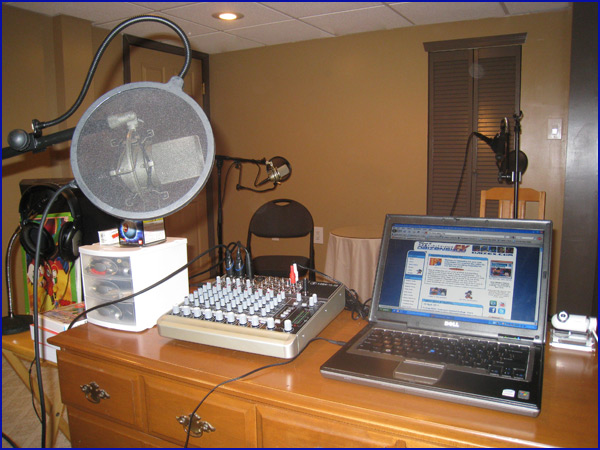
Podcasting
My Podcasting Setup ~2011ver.~
Having done a first version and then a ~2010ver.~ a year later, after upgrading a few things, it made sense to follow-up with a… (wait for it)… ~2011ver.~ post. So how ’bout them podcasts, huh? […]

Having done a first version and then a ~2010ver.~ a year later, after upgrading a few things, it made sense to follow-up with a… (wait for it)… ~2011ver.~ post. So how ’bout them podcasts, huh? […]

It has been over a year since I last wrote about and shared how the magic of podcasting goes down at Casa de EX. A lot has changed since then, but I just have not […]

My buddy Kevin has asked me a couple things about my podcasting equipment lately, so I decided it would be helpful to a few people if I just put it all out there. In the […]
Copyright © 2025 | MH Magazine WordPress Theme by MH Themes